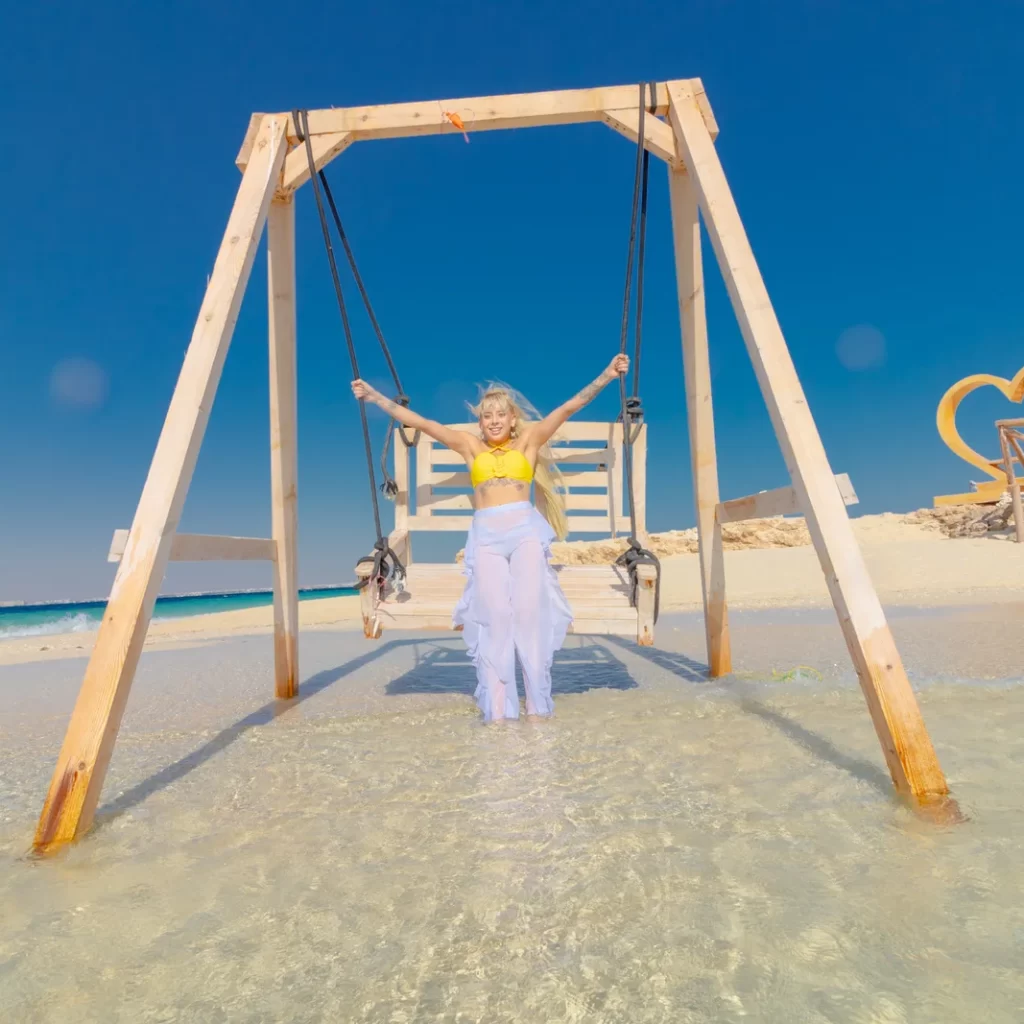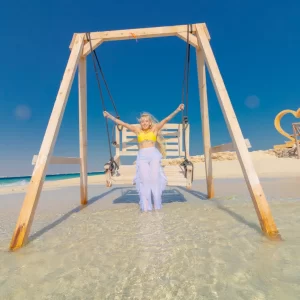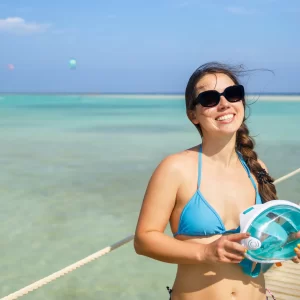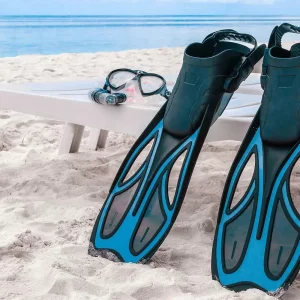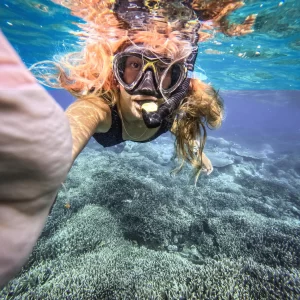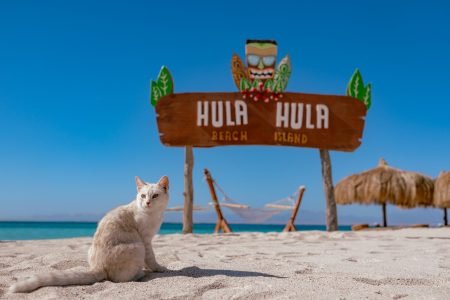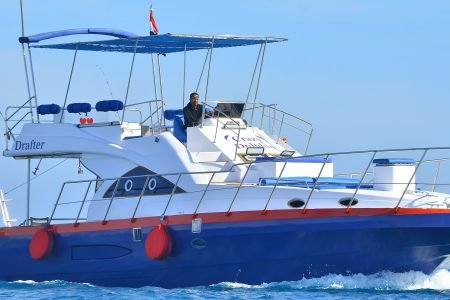Egypt’s Red Sea is a snorkeler’s dream, offering clear waters, vibrant coral reefs, and an abundance of marine life. Let’s explore the unique features and experiences of each snorkeling trip in greater detail, ensuring you find the perfect underwater adventure.
Hurghada’s Aquatic Splendors
Orange Bay Island:
A jewel of Hurghada, Orange Bay Island is not just about its crystal-clear waters but also its serene, sandy beaches that offer a perfect relaxation spot post-snorkeling. The surrounding reefs are bustling with life, providing an easy yet mesmerizing snorkeling experience. It’s an ideal location for families, offering shallow spots for kids and beginners.
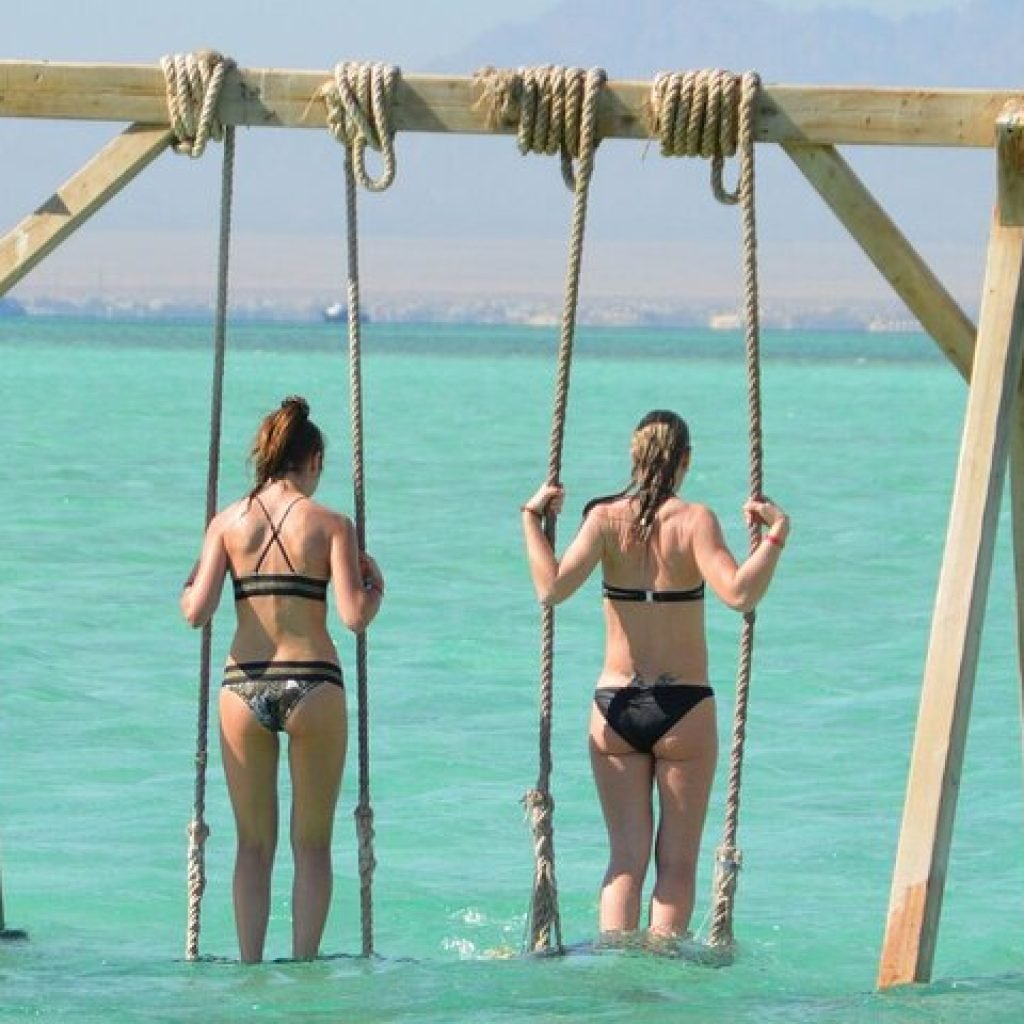
Paradise Island (Giftun Island):
A designated protected area, Paradise Island is surrounded by spectacular coral reefs. The island itself is a piece of untouched natural beauty, with spots perfect for sunbathing and picnicking between snorkeling sessions. The surrounding waters are a sanctuary for a diverse range of marine species, from colorful reef fish to rays and occasionally sea turtles.
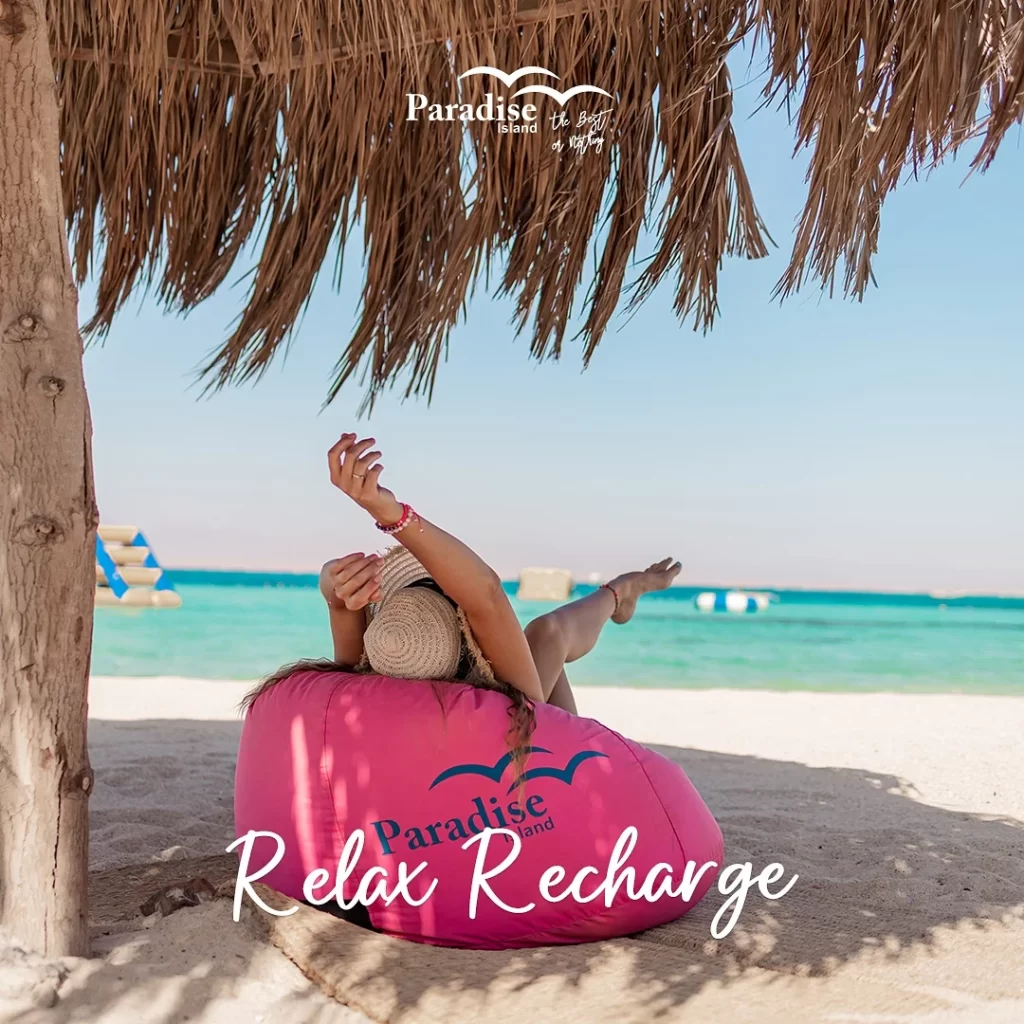
Magawish Island:
Magawish is akin to snorkeling in a giant aquarium. The island’s surrounding coral reefs form intricate networks, creating a habitat for schools of fish, moray eels, and even octopuses. The clear waters and varied depth make Magawish suitable for both beginners and experienced snorkelers seeking a closer look at the Red Sea’s underwater ecosystem.
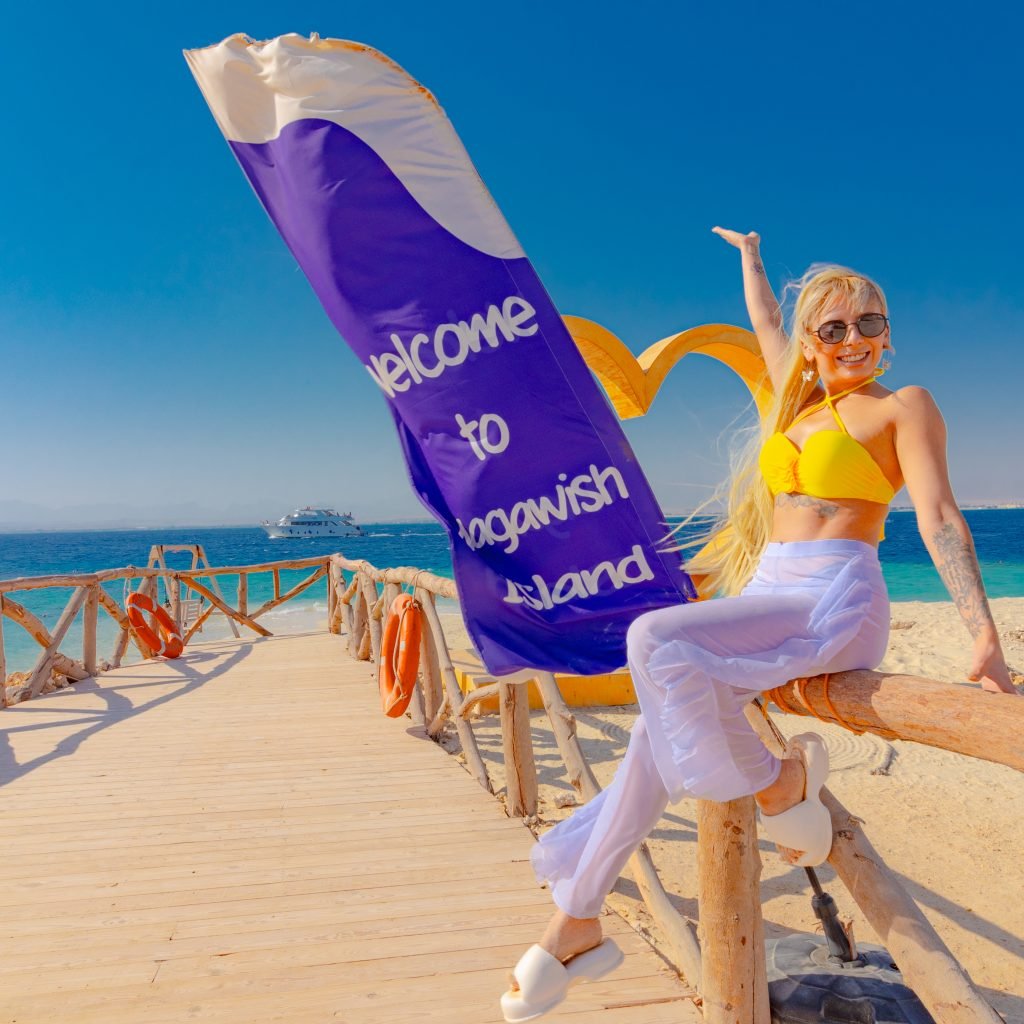
Dolphin House (Sha’ab El Erg):
This horseshoe-shaped reef is famous for its frequent dolphin encounters. The Dolphin House is a sanctuary where dolphins come to play, rest, and interact. Snorkeling here offers a respectful way to witness dolphins in their natural habitat, along with the chance to see other marine life attracted to the reef.
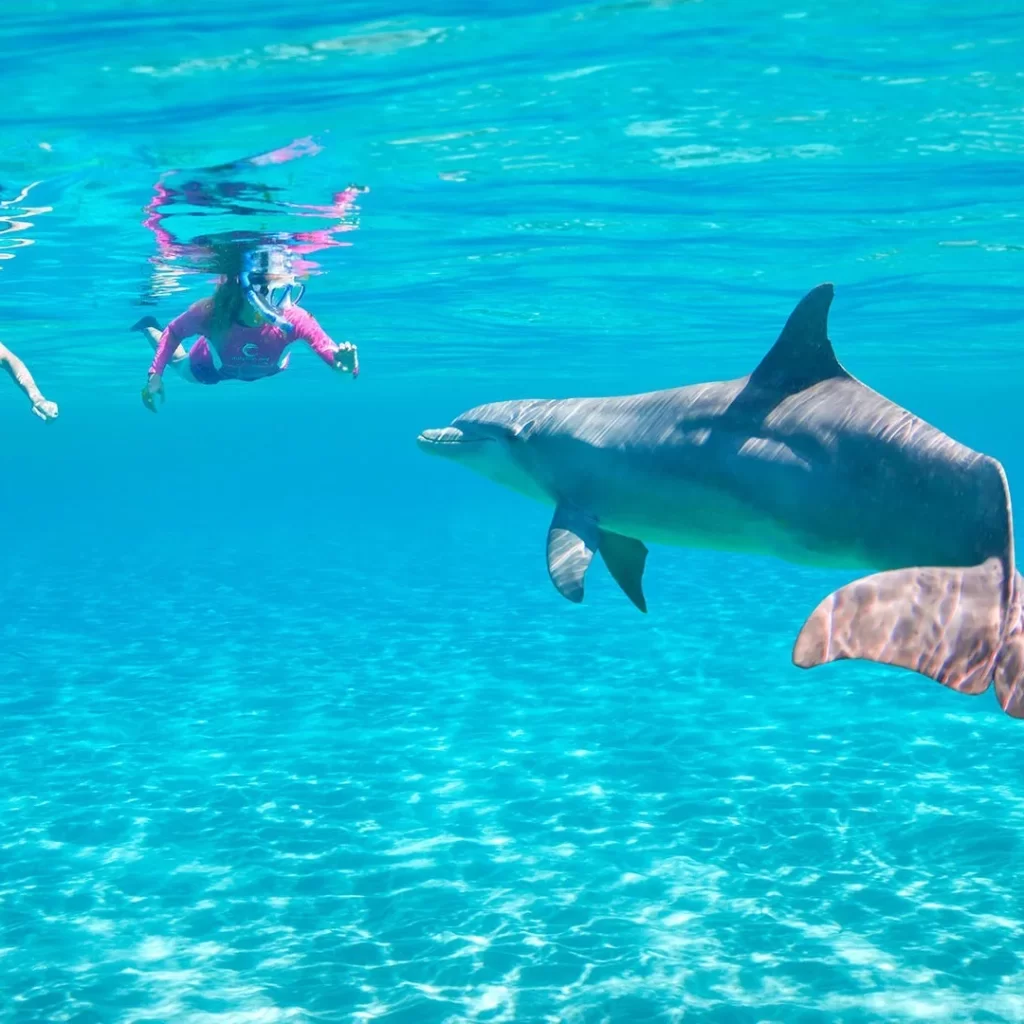
Sharm El Sheikh’s Marine Marvels
Ras Mohamed National Park:
This is Egypt’s first national park and a world-renowned snorkeling site, where the Gulf of Suez meets the Gulf of Aqaba. The nutrient-rich waters foster a vibrant coral reef ecosystem. Sites like Shark Reef and Yolanda Reef offer dramatic wall drops, teeming with life. The area is also known for its historical shipwrecks, adding an element of exploration.
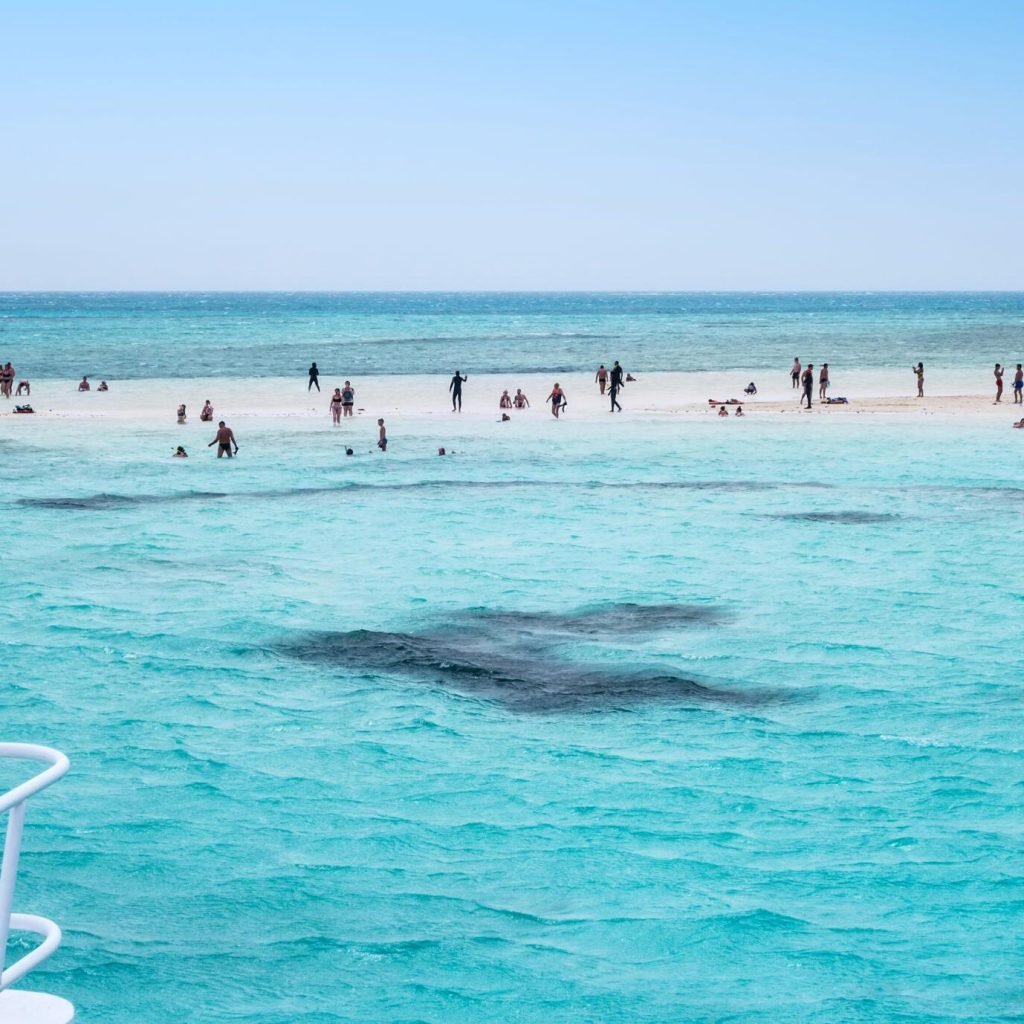
Tiran Island:
Located at the mouth of the Gulf of Aqaba, Tiran Island is surrounded by deep waters and strong currents, which nourish the coral gardens and attract larger marine species. The island’s surrounding reefs, including Jackson, Woodhouse, Thomas, and Gordon, offer varied snorkeling experiences, from shallow gardens to deep drop-offs, making it a thrilling destination for adventurous snorkelers.
Marsa Alam’s Untouched Beauty
Abu Dabbab:
Abu Dabbab is notable for its green sea turtles and dugongs, the sea cows of the Red Sea. The bay’s sandy bottom and seagrass meadows provide a feeding ground for these gentle creatures. Snorkelers often get the chance to glide alongside them in the water, making for a truly magical experience.
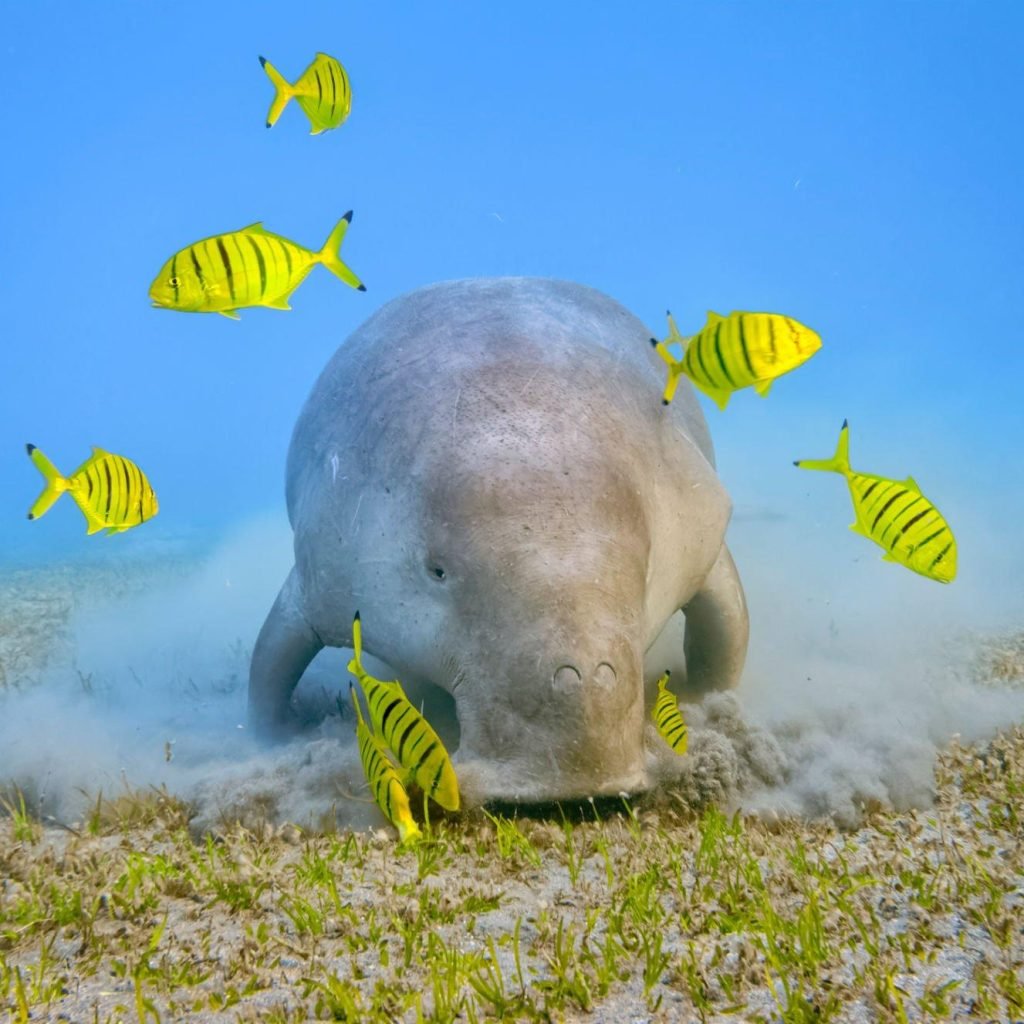
Marsa Mubarak:
A tranquil bay with crystal-clear waters, Marsa Mubarak is a hotspot for turtles and has occasional visits from dugongs. Its calm conditions are ideal for beginners, with the chance to see a variety of coral species and schools of brightly colored fish close to shore.
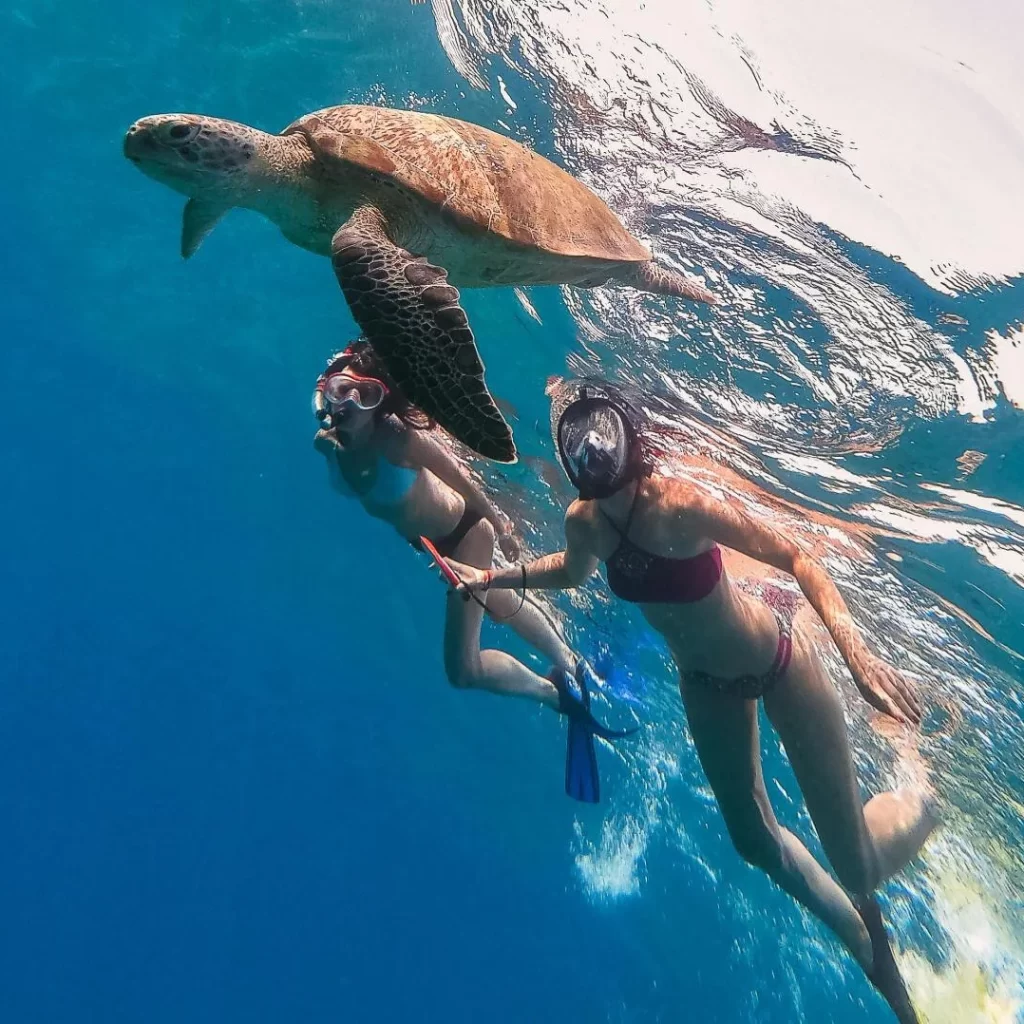
Coral Gardens:
As its name suggests, Coral Gardens is a snorkeler’s paradise, featuring some of the most spectacular coral formations in Marsa Alam. The site is accessible to snorkelers of all skill levels and is particularly popular for night snorkeling, offering a different perspective on the reef’s nocturnal life.
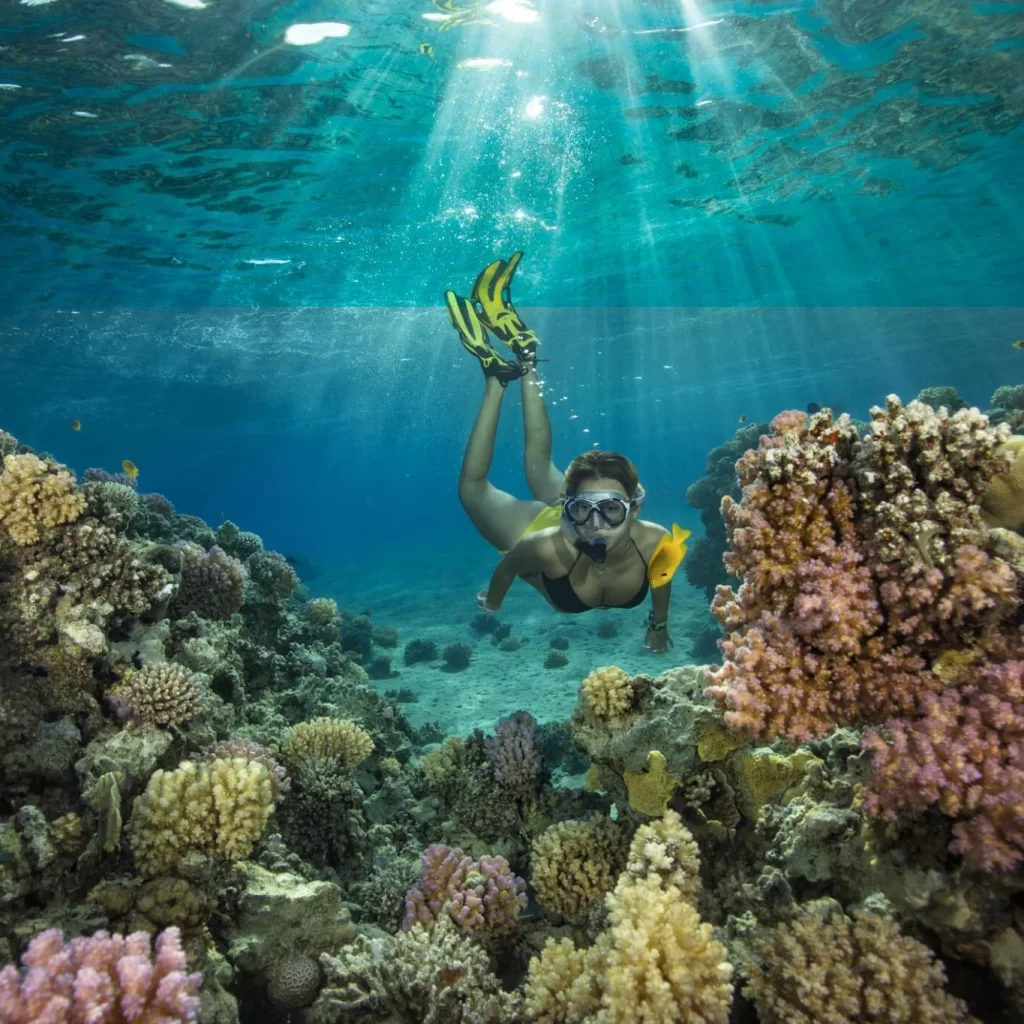
Sataya Dolphin House & Samadai Dolphin House:
These reefs are famous for their resident spinner dolphins. Snorkelers can observe these playful animals in their natural setting, an experience that highlights the importance of conservation. The clear, warm waters also support a diverse array of coral and fish species, making every visit memorable.
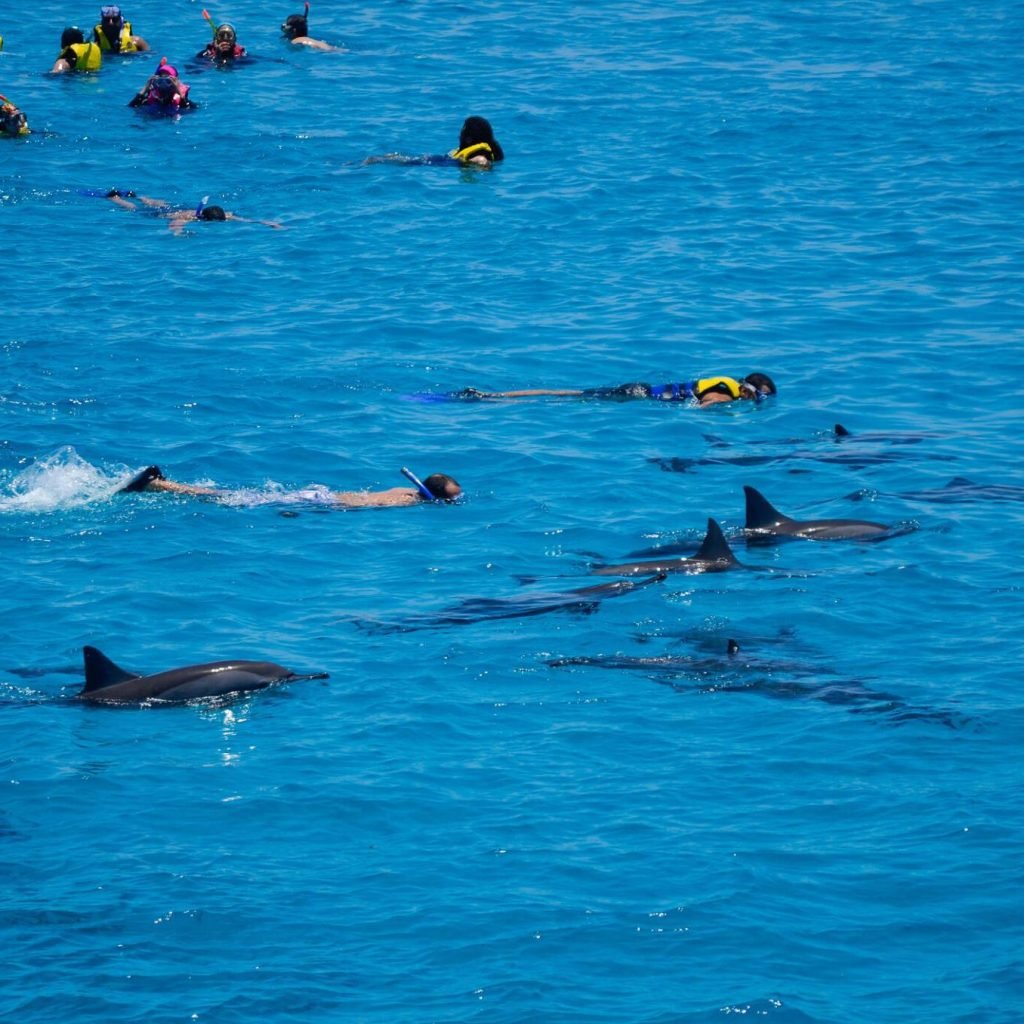
Hamata & Qulaan:
These remote spots are characterized by their pristine beaches and untouched reefs, offering a more secluded snorkeling experience. The Qulaan archipelago, with its shallow lagoons and mangrove forests, provides a unique ecosystem not commonly found in other snorkeling locations.

Making Your Trip Memorable
In addition to the wonders each site offers, it’s important to approach snorkeling with a sense of responsibility towards preserving these natural habitats. Choosing eco-friendly tour operators, minimizing physical contact with marine life, and using reef-safe sunscreen are small steps that contribute to the conservation of Egypt’s marine environments for future generations.
This enhanced guide is designed to provide snorkelers, regardless of their English proficiency, with a comprehensive and accessible overview of Egypt’s top snorkeling destinations, ensuring a fulfilling and responsible adventure in the Red Sea’s underwater paradises.


